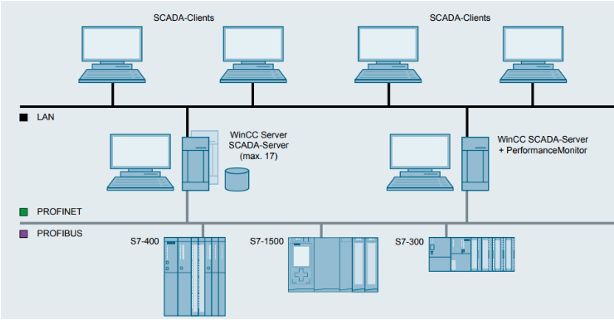Why should I Upgrade my Plant Control Automation

Upgrading your control automation system can bring significant benefits across various aspects of your operations, whether you’re managing industrial processes, building systems, or other automated environments. Here are key reasons to consider upgrading:
1. Enhanced Performance and Efficiency
Modern Technology: Upgraded systems leverage faster processors, advanced algorithms, and improved communication protocols, resulting in more efficient operations.
Reduced Downtime: Newer systems often include predictive maintenance features that help identify issues before they cause failures, minimizing downtime.
2. Improved Reliability and Stability
Hardware Lifecycle: Older hardware becomes more prone to failures and is often no longer supported by manufacturers.
Software Updates: Modern systems receive regular updates and patches, which address vulnerabilities and improve performance.
3. Increased Productivity
User-Friendly Interfaces: Upgraded systems often have intuitive HMIs (Human-Machine Interfaces), making it easier for operators to control and monitor processes.
Automation Enhancements: Newer systems can automate more complex tasks, freeing up human resources for higher-value activities.
4. Energy Efficiency and Sustainability
Optimized Energy Use: Advanced automation systems can reduce energy consumption by optimizing equipment performance.
Green Compliance: Modern systems help meet sustainability goals and comply with environmental regulations.
5. Integration and Connectivity
IoT and Industry 4.0 Compatibility: Upgraded systems are typically compatible with IoT devices and protocols, enabling real-time data collection and remote monitoring.
Centralized Control: Modern automation allows seamless integration of various subsystems, providing a unified control platform.
6. Enhanced Security
Cybersecurity Features: Older systems are often vulnerable to cyber threats, whereas modern control systems come with built-in security measures like encryption and intrusion detection.
7. Scalability
Future-Proofing: Upgraded systems are more adaptable to future expansions or changes in process requirements, saving costs in the long term.
Modular Design: Modern systems often allow easy upgrades and additional functionalities.
8. Regulatory Compliance
Updated Standards: Upgraded systems help ensure compliance with evolving industry standards and regulations, avoiding potential penalties or shutdowns.
9. Cost Savings
Lower Maintenance Costs: Newer systems are typically easier and cheaper to maintain due to better design and available parts.
Reduced Operational Costs: Efficient automation can lead to significant cost savings in energy, labor, and material waste.
10. Competitive Advantage
Innovation-Driven: Staying current with the latest automation technology can improve product quality, reduce time-to-market, and enhance customer satisfaction.Activate to view larger image,
Comments are closed.